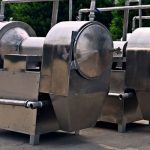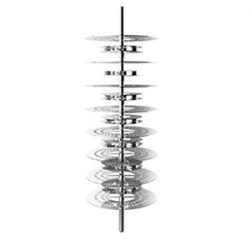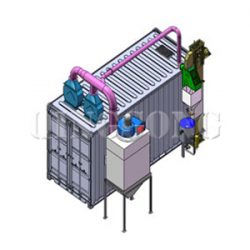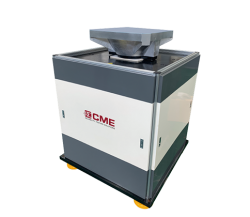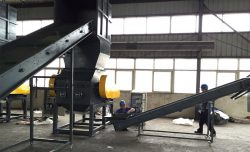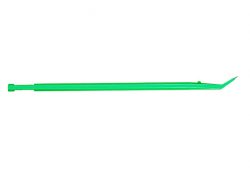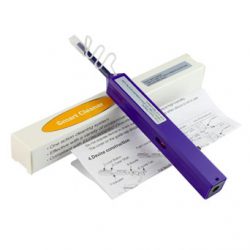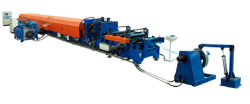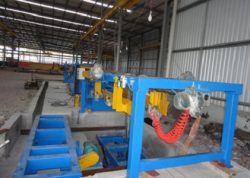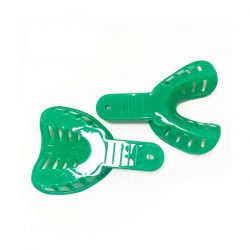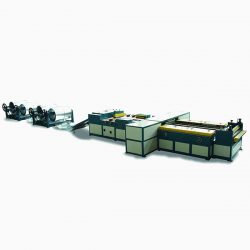Garri Processing Machinery
Features of Garri Processing Machinery
Garri Processing Machinery
Cassava Garri(Gari) Process Description and Flowchart:
Garri is a fermented and gelatinized dry coarse flour, very popular in West Africa and a staple food in Nigeria, Ghana, Benin, and Togo. Its ability to store well and its acceptance as a “convenience food” is responsible for its increasing popularity in the urban areas of West and Central Africa. It is often consumed as the main meal in the
form of a dough or a thin porridge. Both are prepared in the household by mixing dry Garri with hot or cold water and cooking and are served with soup or stew. Garri is also eaten as a snack when mixed in cold water with sugar, and sometimes milk. It swells three to four times its volume when mixed with cold water.
Goodway delivers the whole range of equipment for Garri processing industry from Garri processing machinery to complete the Garri processing production line. Multiple distinct operations are required in Garri processing: washing, peeling, grating, de-watering, breaking & sifting, Garri roasting, milling, and packaging.
We provide below a brief description of the main steps of the Garri(gari) production process.
Cassava Gari / Garri Production Process
Cleaning and Washing Cassava Roots
Wash the fresh cassava roots in clean water to remove the surface mud and sand. It’s the first step of Garri(gari) production and very important for the quality of final Garri(gari).
Peeling Cassava Roots
Peel the washed cassava roots to remove the outer brown skin and inner thick cream layer. The water source should be checked regularly to ensure it is not dirty or contaminated.
Grating Peeled Cassava Roots into Mash
Load the grater with washed roots while the engine is running to grate peeled cassava roots into mash. The grating drum and all food contact areas should be made from stainless steel.
Fermenting Mash on the Fermentation Rack
Collect the cassava slurry into a clean polythene sack and tie, then bagged cassava slurry can be left in the fermentation rack for one or more days before de-watering, allow the milky water to drain freely from the bags.
De-watering Mash into Wet Cake
Load the bags directly on to a hydraulic press. Lift and press the jack handle up and down until it becomes hard to move. Repeat the process several times each day until no more water comes out of the bag to produce a firm wet cake.
Breaking Wet Cake and Sifting Wet Cake into Grits
Breaking the wet cake into small pieces (grits) and remove the lumps to obtain uniform size grits(wet coarse Garri). All food contact areas should be made from stainless steel.
Roasting Grits into Dried Coarse Garri(Gari)
Roasting the wet grits into dried coarse Garri(gari) with low moisture content using an automatic Garri frying machine made of stainless steel material and with electricity, natural gas, firewood or charcoal as the heat source. The final Garri(gari) is usually recognized from the color of palm oil fortified Garri or non-palm oil fortified Garri and crispy hand feel of particles.
Milling Coarse Garri into Fine Garri(Gari)
Milling the dried coarse Garri into fine Garri(gari) with the uniform size, then pour the fine Garri into a plastic lining inside a woven polythene sack.












